Broadleaf Plantain Plant
- March 22, 2024
- 0 comment
Broadleaf Plantain Plant, or Plantago major, is a common perennial weed that is both robust and adaptable, flourishing in a variety of environments from spring to autumn. Its leaves, which grow in a rosette, are broadly oval, often revealing string-like veins when torn, resembling those found in celery. This plant, easily recognized by its compact spikes of inconspicuous greenish-brown flowers, is a familiar sight in yards, paths, and disturbed areas, demonstrating a remarkable resilience to trampling and compacted soil.
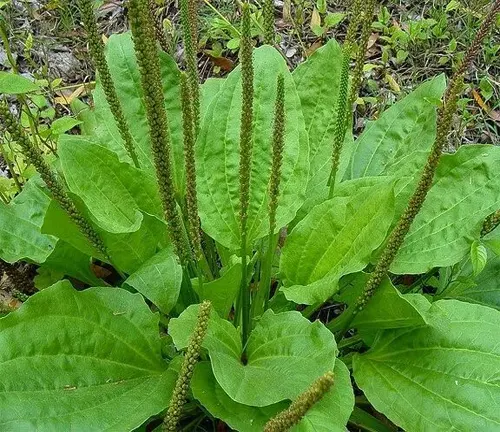

Not only is Broadleaf Plantain Planta survivor of urban environments, but it also possesses a number of beneficial properties. It’s rich in nutrients and has a long-standing role in herbal medicine, where it’s used for treating digestive disorders and skin ailments. The plant’s capacity to aid in soil stabilization makes it an important species for ecological recovery in areas suffering from soil degradation. Despite its modest appearance, Broadleaf Plantain is a plant of significant utility, offering both nutritional and medicinal benefits.
Characteristics of Broadleaf Plantain Plant
| Characteristics | Description |
| Scientific Name | Plantago major |
| Common Names | Broadleaf plantain, greater plantain, common plantain, waybread, white man’s footprint |
| Family | Plantaginaceae |
| Native Region | Europe and northern and central Asia |
| Plant Type | Herbaceous perennial |
| Size | Rosette typically 15–30 cm in diameter; leaves 5–20 cm long |
| Leaves | Broad, oval, with 5–9 prominent veins, green |
| Flowers | Small, greenish-brown with purple stamens, dense spike |
| Propagation | Primarily propagates through seeds, which are produced in large quantities and dispersed by wind. |
| Drought Tolerance | exhibits high drought tolerance, allowing it to thrive in various environmental conditions. |
| Cultural Uses | Traditionally used for its medicinal properties, particularly in treating skin ailments and digestive issues. |
| Ecological Role | Aids in soil stabilization and restoration in compacted or disturbed ecosystems. |
| Notable Species | Broadleaf plantain does not have notable species, but it does have subspecies such as Plantago major subsp. major, intermedia, and winteri. |
| Hardiness Zones | Adaptable to a wide range of climates and is generally hardy in USDA zones 3-9, meaning it can withstand a variety of temperatures and environmental conditions. |
| Growth Rate | Has a moderate growth rate, typically reaching maturity within a single growing season. |
| Lifespan | A perennial plant, meaning it can live for more than two years. However, it is often treated as an annual or biennial in colder climates where it may not survive the winter |
Botanical Beauty of “Broadleaf Plantain Plant”
Broadleaf Plantain Plant boasts a simple yet striking botanical beauty, with its broad, oval leaves forming a distinctive rosette pattern close to the ground. The leaves, ribbed and smooth-edged, are often described as “lily-pad-like,” adding a charming element to the plant’s appearance. Inconspicuous flowers emerge on tall, slender spikes, contrasting with the boldness of the leaves and contributing to the plant’s overall allure.
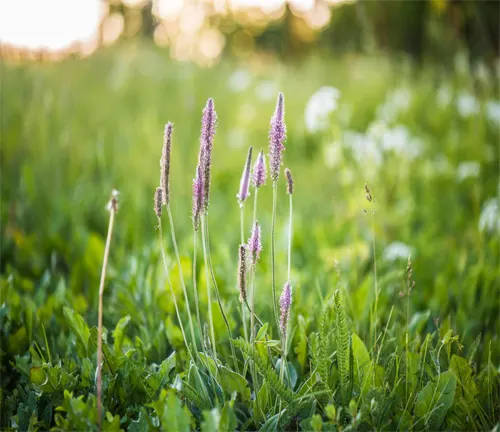
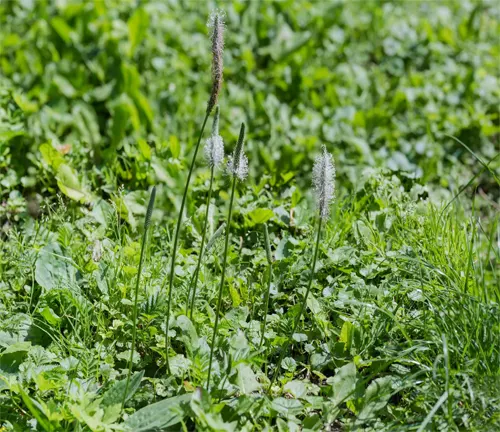
Woodland Elegance
Broadleaf Plantain Plant embodies woodland elegance with its low-growing rosette of broad, ribbed leaves that gracefully carpet forest floors. Its unassuming yet sturdy stems support slender spikes of tiny flowers, adding a delicate vertical element to its appearance.
Ecological Importance
Broadleaf Plantain Plant plays a crucial ecological role as a pioneer species, colonizing disturbed habitats and improving soil quality. Its deep, fibrous roots help stabilize soil, prevent erosion, and enhance nutrient cycling, making it a valuable component of diverse ecosystems.
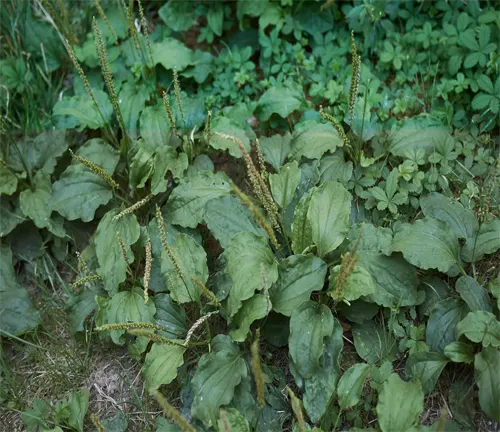
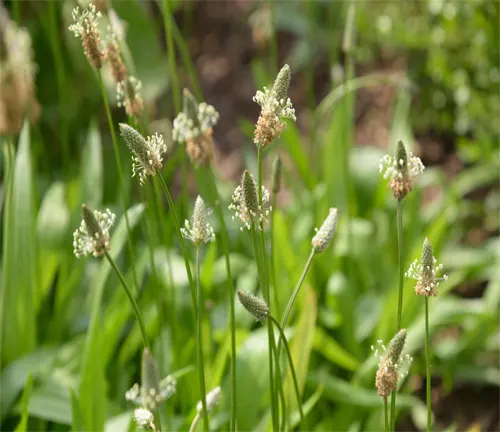
Cultivation and Conservation
Broadleaf Plantain Plant is easy to cultivate, thriving in a variety of soil types and conditions. It is often considered a weed but is valued for its medicinal properties and ecological benefits, making conservation efforts crucial to preserve its role in biodiversity and traditional medicine.
Fragrance
Broadleaf Plantain Plant does not possess a strong fragrance, as its primary appeal lies in its medicinal and ecological properties rather than its scent. However, when the leaves are crushed or bruised, they may emit a mild, earthy aroma that some find pleasant. This subtle fragrance is not typically a significant factor in the plant’s appeal but adds to its overall sensory experience.
The fragrance of Broadleaf Plantain is often described as herbal and slightly sweet, with hints of freshness reminiscent of a spring meadow. While not as intense as aromatic herbs like basil or mint, the scent of Plantago major can be detected when in close proximity to the plant or when the leaves are disturbed. This mild fragrance, although not a primary characteristic of the plant, contributes to its allure, especially in natural settings where it grows abundantly.
In herbal medicine and traditional practices, the fragrance of Broadleaf Plantain is believed to have therapeutic effects, particularly when used in poultices or salves for skin irritations. The subtle aroma is often associated with the plant’s healing properties, adding a sensory dimension to its medicinal use. While not a dominant feature, the fragrance of Broadleaf Plantain adds to its overall charm and utility, making it a valuable herb in various applications.
Soil Stabilization
Broadleaf Plantain Plant plays a significant role in soil stabilization, particularly in disturbed or compacted soils. The plant’s fibrous roots penetrate deep into the ground, helping to break up hard soil and improve its structure. This root system also helps prevent soil erosion by binding soil particles together, reducing the risk of runoff and loss of topsoil.
In addition to its physical root structure, Broadleaf Plantain’s ability to tolerate a wide range of soil conditions further enhances its role in soil stabilization. It can thrive in poor, compacted soils, where other plants might struggle, making it a valuable species for revegetation projects and erosion control efforts. Its ability to grow in areas with minimal soil disturbance also helps maintain soil stability over time.
Broadleaf Plantain’s dense root system and low-growing habit make it an effective ground cover, helping to protect soil from erosion caused by wind and water. Its leaves form a dense mat that helps retain moisture in the soil, reducing the risk of drought stress and further soil degradation. Overall, Broadleaf Plantain’s role in soil stabilization is significant, contributing to the health and resilience of ecosystems where it grows.
Common Uses
Broadleaf Plantain (Plantago major) has been used for centuries for various medicinal purposes. The leaves are often used topically as a poultice or salve to soothe insect bites, stings, and minor skin irritations. The plant’s natural anti-inflammatory and antimicrobial properties make it effective in reducing pain, itching, and swelling.
In addition to its medicinal uses, Broadleaf Plantain is also edible and nutritious. The young leaves can be eaten raw in salads or cooked as a leafy green vegetable. They are rich in vitamins A, C, and K, as well as minerals like calcium and iron, making them a valuable addition to a healthy diet.
Broadleaf Plantain is also used in herbal teas and tinctures for its purported health benefits. It is believed to have a mild diuretic effect and may help support respiratory health. The plant’s leaves can also be dried and powdered for use in capsules or added to smoothies for an extra nutritional boost.
Benefits
Broadleaf Plantain (Plantago major) offers a range of health benefits. It is known for its anti-inflammatory properties, which can help reduce inflammation and swelling associated with minor skin irritations, insect bites, and stings. The plant’s natural antimicrobial properties also make it effective in preventing infections and promoting healing.
In traditional medicine, Broadleaf Plantain is used to alleviate coughs and respiratory issues. It is believed to help soothe irritated airways and reduce mucus production, making it a popular remedy for respiratory conditions such as bronchitis and asthma. The plant’s expectorant properties may help loosen congestion and promote easier breathing.
Broadleaf Plantain is also valued for its diuretic properties, which can help promote kidney health and reduce water retention. The plant’s mild diuretic effect can help flush out toxins from the body and support overall urinary tract health. Additionally, Broadleaf Plantain’s high nutrient content, including vitamins A, C, and K, as well as minerals like calcium and iron, make it a valuable addition to a balanced diet, supporting overall health and well-being.
Different Species or Subspecies
Plantago major subsp. major
This is the most common subspecies found in many regions around the world, known for its broad leaves and characteristic growth habit.
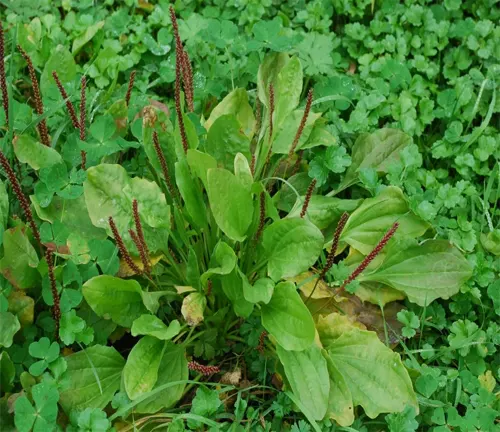
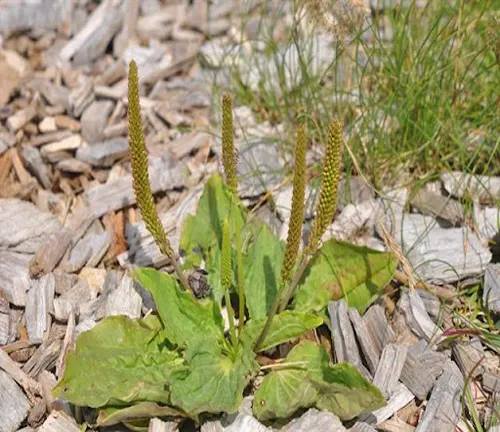
Plantago major subsp. intermedia
This subspecies is similar to the common broadleaf plantain but is often found in more specific habitats or regions, with slight variations in leaf shape or size.
Plantago major subsp. winteri
This subspecies is adapted to colder climates and may exhibit differences in leaf morphology or growth patterns compared to other subspecies.
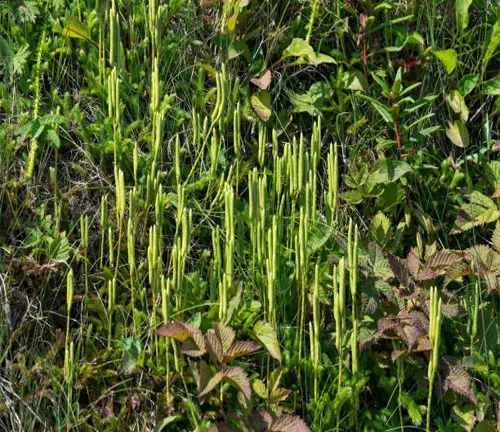
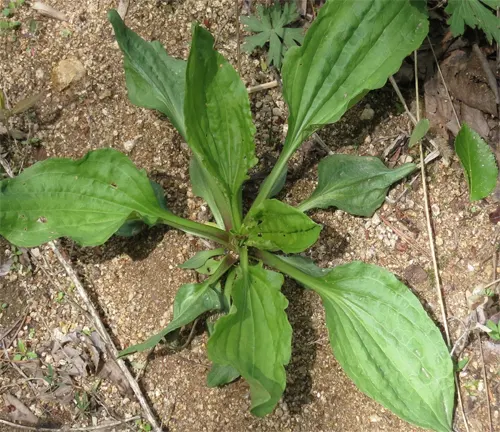
Plantago major var. asiatica
This variety is known for its large green leaves and strong aroma. Amrita Tulsi is often used in Ayurvedic remedies for its healing properties.
Plantago major var. pleiosperma
This variety is known for its larger seeds compared to other varieties of broadleaf plantain, which may have implications for its growth and reproduction.

Frequently Asked Questions (FAQs)
- Is broadleaf plantain Plant edible?
Yes, the young leaves are edible and can be eaten raw or cooked. - How do you identify broadleaf plantain Plant?
It has broad, oval leaves in a basal rosette and tall spikes of small flowers. - Is broadleaf plantain Plant invasive?
It is considered a common weed but not typically invasive. - How do you control broadleaf plantain Plant in the garden?
Hand-pulling or herbicides can be used, and maintaining a healthy lawn helps prevent its growth. - Can broadleaf plantain Plant be used as a herbal remedy?
Yes, it has anti-inflammatory, antimicrobial, and expectorant properties used in various remedies. - Where is broadleaf plantain Plant native to?
It is native to Europe, Asia, and North America. - Can broadleaf plantain Plant be grown indoors?
Yes, it can be grown in pots with well-draining soil and regular watering. - How does broadleaf plantain Plant benefit the environment?
It stabilizes soil, prevents erosion, and enhances biodiversity. - What are the medicinal uses of broadleaf plantainPlant?
It is used to treat skin irritations, insect bites, respiratory issues, and digestive problems. - Is broadleaf plantain Plantthe same as the banana-like plantain?
No, broadleaf plantain is a different plant from the banana-like plantain.

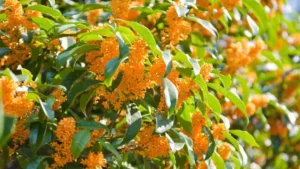
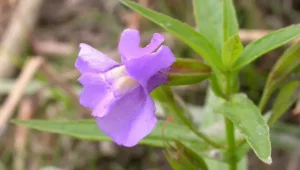

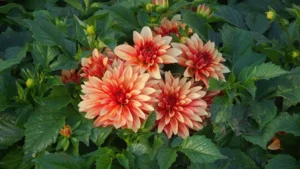

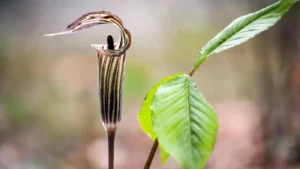
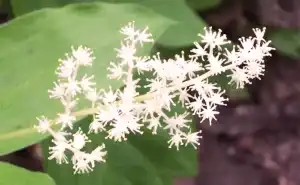



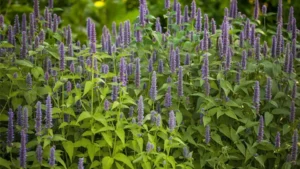
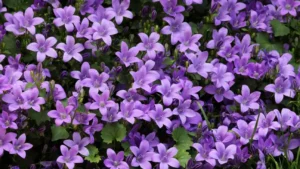
Leave your comment